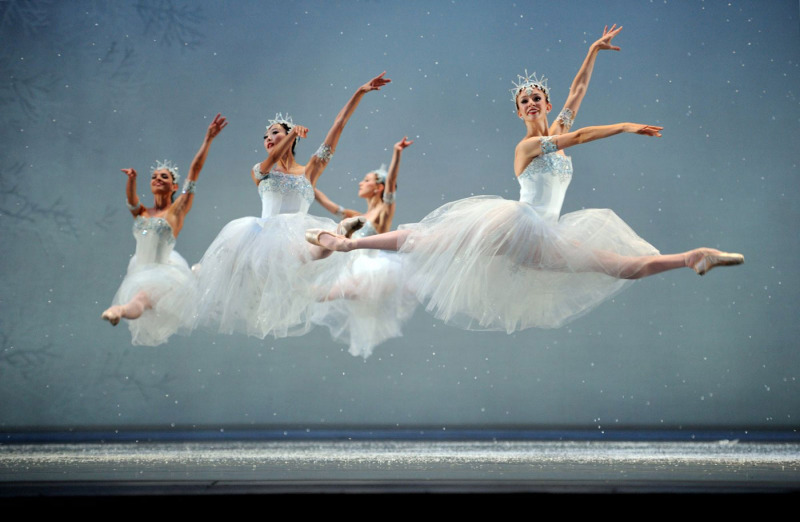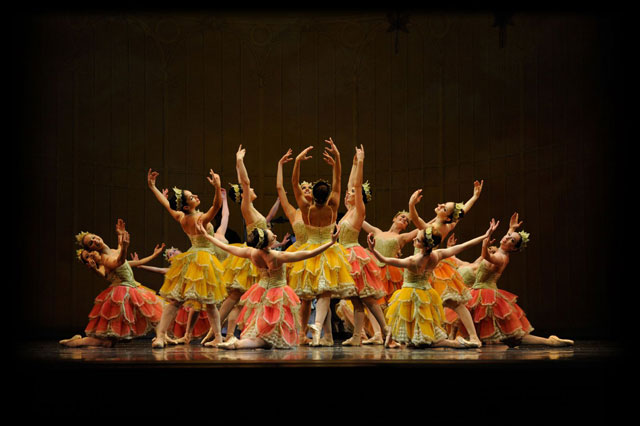The Nutcracker season is upon us, that time of year when audiences everywhere stream into theaters large and small to experience the magic, wonder and joy of this classic holiday production. For ballet companies, The Nutcracker provides much-needed financial stability at the outset of their performance seasons, helping to sustain repertory well beyond the holidays. For dancers, The Nutcracker ensures all are cast, many in multiple roles; while some secure additional opportunities to take on extra work as guest artists with other companies. For audiences, The Nutcracker often represents a first-time encounter with ballet, opening the door to all this classical art form has to offer.
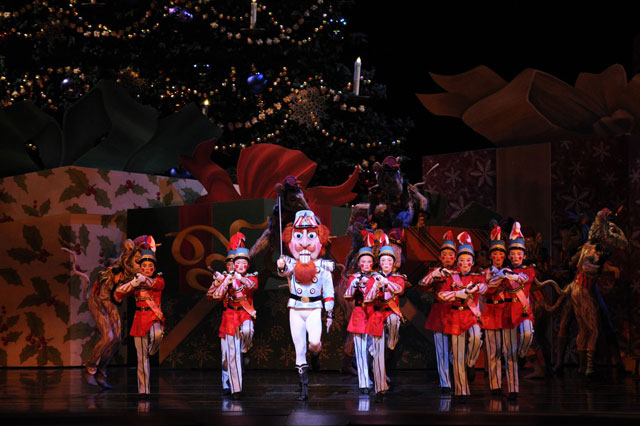
Audiences
There are many different versions of The Nutcracker, but it all boils down to a two-part ballet that transports audiences from Act I’s traditional family gathering ’round the Christmas tree into a dream-time world of confections and delights that come to life in Act II. Marzipan, gingerbread, candy canes and hot chocolate are all personified and performed with great flair; and there’s even a sultry Arabian Coffee dance for all the daddies in the audience.
Part of what makes The Nutcracker so popular and accessible for audiences is that it is based on a story. Ballets usually fall into two camps: “story” and “plotless.” Story ballets follow a specific narrative from beginning to end; plotless works have stories to tell but are generally more abstract and open to interpretation. A parallel here can be made in the visual arts, comparing figurative/representational to modern/abstract works. The Nutcracker is pretty and pleasing — a Renoir or Monet — readily recognizable and easy on the eyes. Plotless works are more akin to the bifurcated blocks of hue in a Mark Rothko painting; a bright window of light in a James Turrell installation; or the densely layered abstraction of a Julie Mehretu canvas. For many balletomanes (people who are absolutely nuts about ballet), the latter realm — modern and contemporary work tending toward abstraction — is far more interesting on the stage. That said, The Nutcracker is hard to resist and rounds out every balletomane’s overall experience with classical dance, especially when entertaining children, grandchildren and out-of-town guests during the holidays.
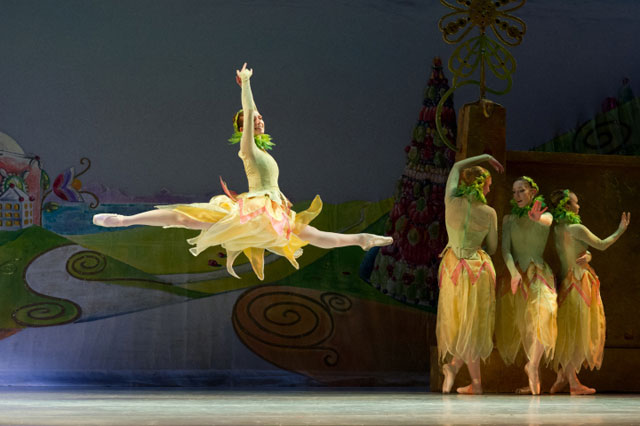
Most major ballet companies anchor their season/s with The Nutcracker and add in a few more story ballets — The Sleeping Beauty, A Midsummer Night’s Dream, Coppélia, etc. — to draw the audience to other repertory scheduled around these works that may be less familiar to the uninitiated. Story ballets drive audiences, but if The Nutcracker is really doing its job, it is also steering the public toward fuller participation in classical dance beyond the traditional story ballet. Ballet companies work very, very hard following the holidays to translate The Nutcracker audiences into ballet-goers who will want to see and experience other work — modern ballets by master choreographers George Balanchine and Jerome Robbins; contemporary pieces by William Forsythe, Christopher Wheeldon and Alexei Ratmansky; the latest by Bay Area-based choreographers such as Alonzo King, Helgi Tomasson and Yuri Possokhov. The Nutcracker provides a level of comfort with an art form that is not part of most Americans’ upbringing and experience. Will audiences come back to the ballet after the holidays to see works that may not tell a traditional “story,” per se, but rather welcome multiple and ever-changing interpretations? That is the million dollar question.
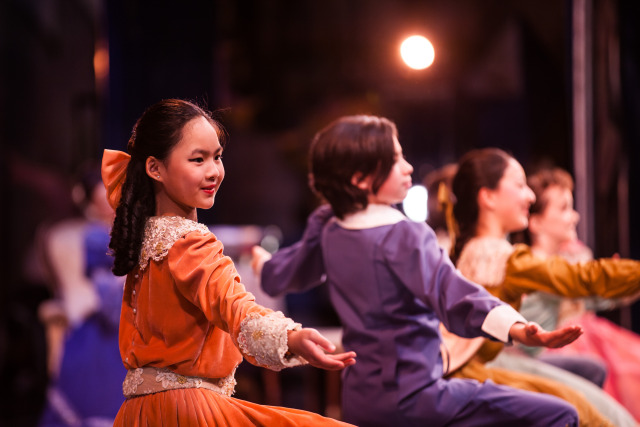
Ballet Companies
What ballet companies do know is that “if we build it, they will come;” in short, The Nutcracker gets people into seats. The production is staged by companies of all sizes from coast to coast because it practically guarantees box office success and can help bolster overall financial position at the beginning of a season, making it possible to stage less well-known work throughout the rest of the year.
